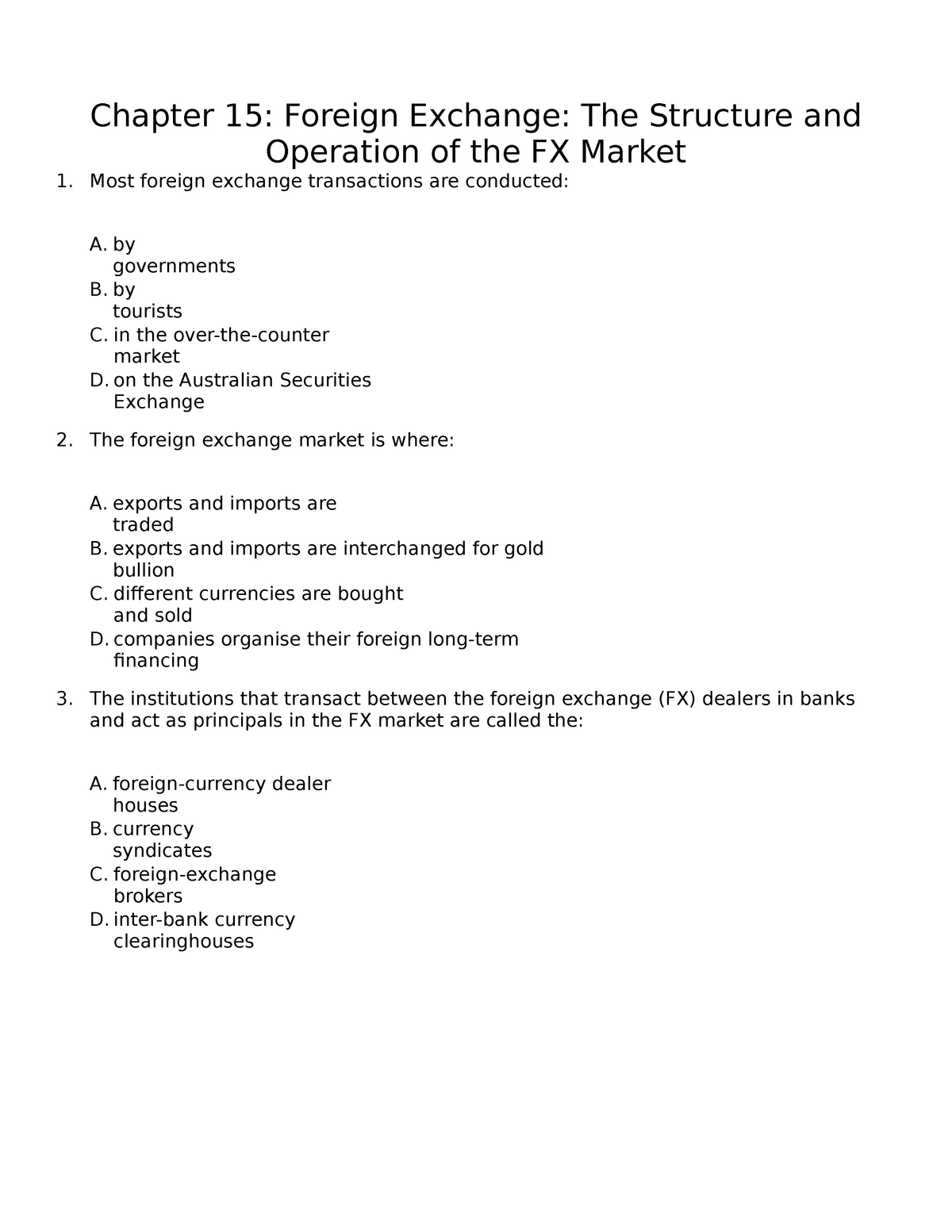
Crowdfunding is a good way to invest in real estate. But there are some downsides. Let's take a look at Regulation Crowdfunding, including how to get started, return on investment, and the illiquidity real estate as an asset. This article should help you understand crowdfunding for real estate and make informed decisions about whether it is right for your needs.
Regulation Crowdfunding (CF)
The JOBS Act of 2012 ushered in Regulation CF (Regulation of Crowdfunding for Real Estate), a process that allows ordinary people to invest in real estate projects. Reg CF is a significant step forward for the real estate industry, as it makes it easier for non-accredited investors to participate in crowdfunding deals. Real estate crowdfunding projects are less restricted because crowdfunding is legal.
The JOBS Act of 2012 (also known as the JOBS Act) changed the rules of crowdfunding. It allowed businesses to advertise to investors. The crowdfunding option was limited to non-profit organizations. Therefore, for-profit businesses could not market their products or services without an intrastate offering. Title II of JOBS Act required the Securities and Exchange Commission ("SEC") to prepare rules for this new fundraising method. The SEC adopted Regulation D and Rule 506 (c) in September 2013 to permit companies to undertake their first public offering.

Returns on investment
The high level of diversification that crowdfunding offers is one of the major benefits of investing in real property through crowdfunding. The majority of crowdfunding deals start at about $1,000 and cover dozens different property types across the country. Even though crowdfunding is still new, it offers a great opportunity for developers with experience. In addition, returns from this form of investing can sometimes be higher than conventional investment strategies. These are just a few of the factors you should consider when investing via crowdfunding to buy real estate.
Crowdfunding for real estate is often not correlated with stock markets performance. Investors invest in individual properties and not the entire market, which means that their investment value is not affected when the financial markets change. That means investors are more protected from sudden fluctuations in the real estate market. Real estate can be a steady, reliable and stable investment strategy, even though there is risk. It is also easier to invest through crowdfunding platforms for real estate.
Illiquidity of real property as an asset
Crowd-investing, in fact, should be renamed real estate as a crowdfunding asset. It will allow a wider audience to join in the fun and earn a return on their money. While group investing in real estate is not a new concept, it has been practiced for centuries in private circles. The crowdfunding model is a way to open up the real estate investment market to a larger audience. It will also increase liquidity, which will impact the way people invest.
Crowdfunding sites allow investors to access commercial real estate projects. However, they also offer a minimal amount of due diligence. Before investors invest, brokers and developers are subject to background checks, references, creditworthiness, and creditworthiness. In order to participate in most real-estate crowdfunding platforms, investors will need to invest a minimum $25,000 As the investment could be ineligible for many years, this threshold can be very high.

There are some drawbacks to crowdfunding for real property
There are many drawbacks to crowdfunding for real property. Most crowdfunding campaigns accept only accredited investors. Others are limited to certain states. There are many hidden costs associated with real estate crowdfunding, which can adversely impact your return. Before making any decision, it is important to weigh all the pros and cons. Learn more about real estate crowdfunding and its advantages and disadvantages. Crowdfunding is a great option if you are looking to invest in real-estate.
Another downside is the lack of diversification. Crowdfunding projects accept only $500 investments, while traditional realty requires thousands. These smaller amounts allow new investors to try real estate without breaking the bank. And the smaller investment amount means greater diversification. Crowdfunding is not the only way to invest if your goal is to be a long-term investor.
FAQ
How are securities traded
The stock exchange is a place where investors can buy shares of companies in return for money. To raise capital, companies issue shares and then sell them to investors. Investors then sell these shares back to the company when they decide to profit from owning the company's assets.
The price at which stocks trade on the open market is determined by supply and demand. The price rises if there is less demand than buyers. If there are more buyers than seller, the prices fall.
There are two methods to trade stocks.
-
Directly from the company
-
Through a broker
How do I choose a good investment company?
Look for one that charges competitive fees, offers high-quality management and has a diverse portfolio. The type of security that is held in your account usually determines the fee. Some companies charge no fees for holding cash and others charge a flat fee per year regardless of the amount you deposit. Others charge a percentage on your total assets.
You should also find out what kind of performance history they have. Poor track records may mean that a company is not suitable for you. Avoid companies that have low net asset valuation (NAV) or high volatility NAVs.
Finally, it is important to review their investment philosophy. In order to get higher returns, an investment company must be willing to take more risks. They may not be able meet your expectations if they refuse to take risks.
What is a bond and how do you define it?
A bond agreement between 2 parties that involves money changing hands in exchange for goods or service. It is also known by the term contract.
A bond is normally written on paper and signed by both the parties. This document details the date, amount owed, interest rates, and other pertinent information.
The bond is used when risks are involved, such as if a business fails or someone breaks a promise.
Bonds are often combined with other types, such as mortgages. The borrower will have to repay the loan and pay any interest.
Bonds can also help raise money for major projects, such as the construction of roads and bridges or hospitals.
A bond becomes due when it matures. This means that the bond owner gets the principal amount plus any interest.
Lenders are responsible for paying back any unpaid bonds.
What is security in the stock exchange?
Security is an asset which generates income for its owners. Shares in companies are the most popular type of security.
Different types of securities can be issued by a company, including bonds, preferred stock, and common stock.
The earnings per shares (EPS) or dividends paid by a company affect the value of a stock.
You own a part of the company when you purchase a share. This gives you a claim on future profits. You receive money from the company if the dividend is paid.
Your shares may be sold at anytime.
Statistics
- Our focus on Main Street investors reflects the fact that American households own $38 trillion worth of equities, more than 59 percent of the U.S. equity market either directly or indirectly through mutual funds, retirement accounts, and other investments. (sec.gov)
- "If all of your money's in one stock, you could potentially lose 50% of it overnight," Moore says. (nerdwallet.com)
- Even if you find talent for trading stocks, allocating more than 10% of your portfolio to an individual stock can expose your savings to too much volatility. (nerdwallet.com)
- Individuals with very limited financial experience are either terrified by horror stories of average investors losing 50% of their portfolio value or are beguiled by "hot tips" that bear the promise of huge rewards but seldom pay off. (investopedia.com)
External Links
How To
How to Invest Online in Stock Market
The stock market is one way you can make money investing in stocks. You can do this in many ways, including through mutual funds, ETFs, hedge funds and exchange-traded funds (ETFs). The best investment strategy depends on your risk tolerance, financial goals, personal investment style, and overall knowledge of the markets.
To be successful in the stock markets, you have to first understand how it works. This includes understanding the different investment options, their risks and the potential benefits. Once you know what you want out of your investment portfolio, then you can start looking at which type of investment would work best for you.
There are three main types: fixed income, equity, or alternatives. Equity refers a company's ownership shares. Fixed income refers debt instruments like bonds, treasury bill and other securities. Alternatives include things like commodities, currencies, real estate, private equity, and venture capital. Each option comes with its own pros and con, so you'll have to decide which one works best for you.
You have two options once you decide what type of investment is right for you. One is called "buy and hold." You buy some amount of the security, and you don't sell any of it until you retire or die. Diversification, on the other hand, involves diversifying your portfolio by buying securities of different classes. By buying 10% of Apple, Microsoft, or General Motors you could diversify into different industries. You can get more exposure to different sectors of the economy by buying multiple types of investments. Because you own another asset in another sector, it helps to protect against losses in that sector.
Another important aspect of investing is risk management. Risk management is a way to manage the volatility in your portfolio. If you were only willing to take on a 1% risk, you could choose a low-risk fund. You could, however, choose a higher risk fund if you are willing to take on a 5% chance.
Your money management skills are the last step to becoming a successful investment investor. You need a plan to manage your money in the future. A plan should address your short-term and medium-term goals. It also needs to include retirement planning. Sticking to your plan is key! Do not let market fluctuations distract you. You will watch your wealth grow if your plan is followed.